You carry on as though everyone knew what was happening. No one knew, no one saw it happening, the rise of the alt-right caught everyone off guard, right around the globe. Stop playing brilliant hindsight.
You need to read up.
I’m making a point that you don’t turn these fascist idiots into jokes, by using examples of why it doesn’t and hasn’t worked in the past.
I support routine eggings of Anning, Cotterell, Yianoppoulos and every other racist that seeks mainstream acceptance of their views. And if eggs are in short supply, use tomatoes. Farking lowlifes.
Absolute lowlifes but I don’t support politicians being physically attacked regardless of who they are.
Not politicians, lowlifes. Anning should be on a watch list.
anning is an inciter at best.
Which is an offence if it is inviting violence
Anning needs to be caged, he doesn’t deserve to be free range
When lives are tragically cut short, it is generally easier to explain the “how” than the “why”. This dark reality is all the more felt when tragedy comes at the hands of murderous intent. Explaining how 50 people came to be killed, and almost as many badly injured, in Christchurch’s double massacre of Muslims at prayer is heartbreaking but relatively straightforward.
As with so many mass murders in recent years, the use of an assault rifle, the ubiquitous AR15, oxymoronically referred to as “the civilian M-16”, explains how one cowardly killer could be so lethal.
It was much the same in the Pulse nightclub in Orlando three years ago, when one gunman shot dead 49 people in a crowded space and, though the motive appears very different, the same sort of military instrument of death lies behind the 58 deaths in Las Vegas a year later. An AR15 was used to shoot dead 11 worshippers in Pittsburgh’s Tree of Life Synagogue last October and a similar weapon was used to kill six people in a Quebec City mosque in January 2017.
It is a credit to the peaceful nature of New Zealand society that, despite the open availability of weapons like the AR15, the last time there was a mass shooting was in 1997. Prime Minister Jacinda Ardern rightly identified reform of gun laws as one of the immediate outcomes required in response to this tragedy.
But lax gun laws are arguably the only area in which blame can be laid in New Zealand. Ms Ardern, together with Australian Prime Minister Scott Morrison, was also right to refer to this barbaric act of cold-blooded murder of people in prayer as right-wing extremist terrorism driven by Islamophobic hatred.
Space to play or pause, M to mute, left and right arrows to seek, up and down arrows for volume.
VIDEO: New Zealand PM Jacinda Ardern says suspect used modified guns. (ABC News)
A steady rise in right-wing extremism in Australia
State and federal police in Australia have long warned that, next to the immediate threat posed by Salafi jihadi terrorism, they are most concerned about the steady rise of right-wing extremism. There has been some comfort in the recognition that the most active right-wing extremist groups, and there are many, are disorganised, poorly led, and attract but small crowds.
On the face of it, then, right-wing extremism in Australia is nowhere near as serious as the neo-Nazi movements of Europe or the various permutations of white supremacy and toxic nationalism that bedevil American politics. In America, it is conservatively estimated that there were 50 deaths due to terrorist attacks in 2018, almost all linked to right-wing extremism.
In 2017, it is calculated that there were 950 attacks on Muslims and mosques in Germany alone. Many of last year’s attacks in America involved a common right-wing extremist hatred of Islam, and a targeting of Muslims, joining a long-standing enmity towards Jews.
Almost all recent terrorist attacks have been lone-actor attacks. They are notoriously difficult to predict.
Whether inspired by Salafi jihadi Islamist extremism or right-wing extremism, lone-actor attacks commonly feature individuals fixated on the deluded dream of going from “zero to hero”.
One of the main reasons authorities struggle with identifying right-wing extremist “nobodies” who post online, before they turn to violence, is that it’s difficult to pick up a clear signal in the noise of a national discourse increasingly dominated by exactly the same narrative elements of mistrust, anxiety, and a blaming of the other.
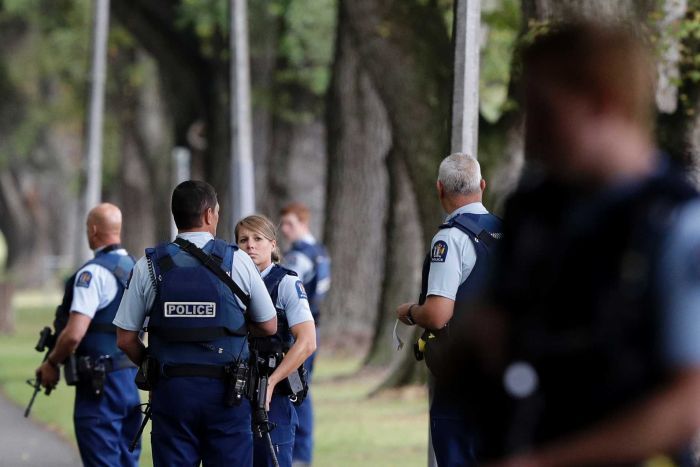 PHOTO: Authorities struggle to isolate the online extremists who are likely to turn violent. (AP: Mark Baker)
PHOTO: Authorities struggle to isolate the online extremists who are likely to turn violent. (AP: Mark Baker)
Airing ideas that were once unsayable
In Australia, as in Europe and America, mainstream politicians and mainstream media commentators have increasingly toyed with extremist ideas in the pursuit of popularity. Many have openly brandished outrageous ideas that in previous years would have been unsayable in mainstream political discourse or commentary.
Donald Trump can be deservedly singled out for making the unspeakable the new normal in mainstream right-wing politics, but he is hardly alone in this. And sadly, for all of the relative civility and stability of Australian politics, we too have now come to normalise the toxic politics of fear.
No-one put it better than The Project host Waleed Aly in saying that Friday’s terrorist attacks, although profoundly disturbing, did not come as a shocking surprise.
“You’ll have to forgive me, these won’t be my best words…”
On this heartbreaking day, Waleed reflects and calls for unity. #TheProjectTV
46.9K people are talking about this
Anyone who has been paying attention and who really cares about the wellbeing and security of Australian society has observed the steady growth of right-wing extremist and right supremacist ideas in general, and Islamophobia particular.
They have seen the numerous attacks on Muslims and Jews at prayer and worried about the day when the murderous violence that has plagued the northern hemisphere will visit the southern hemisphere. But more than that, they have worried about the singling-out of migrants, and in particular asylum seekers, African youth and Muslims as pawns to be played with in the cynical politics of fear.
Howard’s ‘dark victory’
Mr Morrison is right to say these problems have been with us for many years. But he would do better to point out that our downward trajectory sharply accelerated after John Howard’s “dark victory” of 2001. The unwinnable election was won on the back of the arrival of asylum seekers on the MV Tampa in August followed by the September 11 attacks, and at the price of John Howard and the Liberal Party embracing the white supremacist extremist politics of Pauline Hanson.
[
‘I saw dead people everywhere’
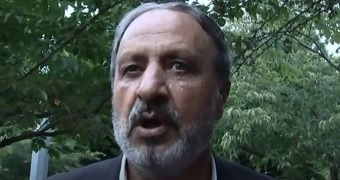
Mosque shooting survivors describe screaming and terror, ‘dead people everywhere’ as gunman opened fire.](https://www.abc.net.au/news/2019-03-15/christchurch-witnesses-give-chilling-account-of-shooting/10904690)
Both major parties, it must be said, succumbed to the lure of giving focus groups and pollsters the tough language and inhumane policies the public appeared to demand and reward. We are now beginning to see the true price that we have paid with the demonising of those arriving by boat seeking asylum, or looking too dark-skinned, or appearing too religious.
The result has been such a cacophony of hateful rhetoric that it has been hard for those tasked with spotting the emergence of violent extremism to separate it from all the background noise of extremism.
There are, of course, lessons to be learnt. Authorities need to do better. We can begin with a national database of hate crimes, with standard definitions and robust data collection. Clearly, we need to pay attention to hateful extremism if we are to prevent violent extremism.
But ultimately, we need to address the permissive political environment that allows such hateful extremism to be promulgated so openly. The onus is on commentators and political leaders alike. They cannot change the past, but they will determine the future.
Greg Barton is chair in global Islamic politics at the Alfred Deakin Institute for Citizenship and Globalisation at Deakin University. This article originally appeared on The Conversation.
The world is effed.
It appears that six months ago this bloke was posting from Pakistan, extolling the people and how lovely, generous and wonderful they are.
Fast forward to now and he’s gunned down 100 defenceless people - many probably refugees from that same area of the world he was praising - in prayer in a video-game style rampage.
It’s beyond words just what depth of depravity and insanity humanity is capable of.
My post was meant as tongue-in-cheek, but given you raise a serious issue I will comment. I agree with you that our worldview is not shaped by football. Rather football and some people involved in it have just become our focus of worship.
We have elevated winning at footy far above where it rationally deserves to be. Our worldview contains no rationality when it comes to footy similar to the lack of rationality in many cults, including the big ones like pell’s mob.
Obviously we do less harm with our kind of fanaticism, but we also do less good compared to the many people who do act with faith, charity and kindness as their religion teaches them to do.
The only point in my original post was a response to Aceman, that I think if we attempt to remove religion (as the Chinese government are doing) the people will find another false god to worship, which may not be any better.
The wife and I just got back from an open day at the local mosque. Lots and lots of people were there showing support and the Muslims were clearly very grateful. Quite a lot of people had left flowers and cards but I couldn’t bring myself to read them.
I’m sure I heard that the other 3 people arrested were in a car were celebrating the events, or at least acting suspicious.
So, did the perp shoot up both places?
A woman with a gun was released -armed herself on her way to get her kids from school .
Latest reporting suggests the other two are being held on unrelated offences; Tarrant the sole perpetrator.
Piece of ■■■■ that’s needs to be hanged ■■■■ putting him in jail
4 people were initially arrested.
1 was carrying a weapon but then it was discovered they were actually trying to help so they have been released.
Not sure about the other 2
Thanks. I missed the ‘TIC’ intent, that being a problem with online comms. Footy is a distraction for me, sometimes an obsessive one, but I couldn’t call it worship. I agree that it can be for some, and at that level it becomes a bit weird if it’s taken too seriously. I’m not religious BTW.
Like most pollies, they ignore the issue until it does become an issue.
New Zealand Prime Minister Jacinda Ardern has promised to change the country’s gun laws in the wake of Friday’s horrific shootings.
Many are asking the obvious question — why haven’t they been changed before?
New Zealanders were warned about the dangerous loopholes in their laws 22 years ago, when retired judge Sir Thomas Thorp delivered his review into gun control.
Thorp recommended banning military-style semiautomatic (MSSA) weapons and creating a buyback scheme, similar to the one Australia’s Howard government implemented in response to the Port Arthur Massacre.
He told the government to limit the magazine capacity of other semiautomatic weapons and pump-action shotguns.
He wanted to tighten the process for granting gun licenses and improve the police force’s vetting of potential firearm owners.
And Thorp advised New Zealand to maintain a registry of gun owners, and force them to renew their licenses every three years.
Few of his recommendations were ever implemented. Repeated attempts to pass tighter gun laws in 1999, 2005, 2012 and 2017 were stymied under pressure from the gun lobby.
Ms Ardern promises this time will be different.
New Zealand Prime Minister Jacinda Ardern. Picture: AAP/SNPA/Martin Hunter Source:AAP
Brenton Tarrant, the Australian man who has been charged with murder over the terrorist attacks on two mosques in Christchurch, legally obtained weapons after he was granted a “category A” gun licence in 2017.
He used five guns on Friday — two semiautomatics rifles, a lever-action firearm and two shotguns.
“The mere fact that this individual had acquired a gun licence and acquired weapons of that range, then obviously I think people will be seeking change, and I’m committing to that,” Ms Ardern said.
“While work is being done as to the chain of events that led to both the holding of this gun licence, and the possession of these weapons, I can tell you one thing right now — our gun laws will change.”
RELATED: New Zealand gunman’s secret shooting spot
She confirmed the gunman had not been on the radar of any intelligence agencies, even though he had published a manifesto online indicating his plan to attack Muslims.
“The individual charged with murder had not come to the attention of the intelligence community, nor the police, for extremism,” she said.
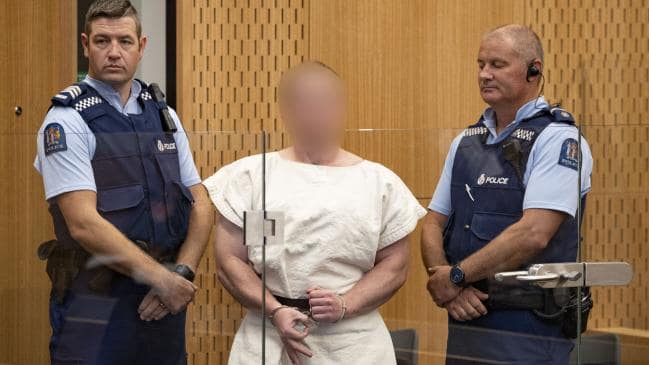
The man charged, Brenton Harrison Tarrant. Picture: AAP Source:AAP
A couple of years ago, New Zealand’s politicians were once again warned about the country’s lax gun control laws.
The NZ Herald reports former assistant police commissioner Nick Perry told MPs at a committee hearing it was too easy for foreigners to enter the country and immediately purchase a gun licence.
“They pay their $25, they get a licence,” Perry said.
“So I could paint a scenario where ISIS, for example, being stymied in Europe are looking for softer targets.
“If they did a little bit of spadework, they’d find out how easy it is to get into New Zealand, how easy it is to get a firearms licence, how easy it is to purchase high-capacity assault rifles.”
Perry also highlighted how dangerously simple it was for anyone to obtain high-capacity magazines online, making their weapons even more deadly.
Like Sir Thomas Thorp, he was largely ignored.
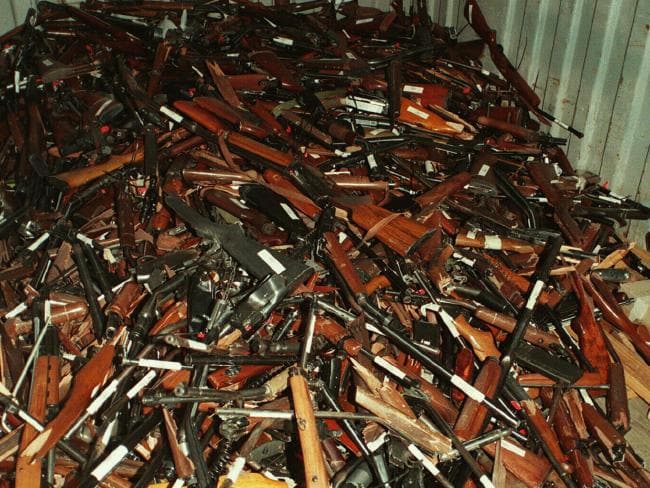
A container of broken guns obtained through Australia’s buyback scheme in 1997. Source:News Corp Australia
New Zealand’s laws are stricter than, for example, America’s. However they are relaxed by the standards of the developed world, and particularly in comparison to Australia’s.
Anyone over 16 can apply for a New Zealand firearms licence, which is valid for 10 years after they complete a safety course and a police background check.
Most guns do not need to be registered under the Arms Act and as a result, police do not know “how many legally or illegally owned firearms there are in New Zealand”. That quote is from a police statement last year.
In 2014, police guessed there were up to 1.2 million legal firearms in civilian ownership, or around one for every four members of the public — twice the per capita number of guns in Australia.
Separate “endorsements” are required to own semiautomatic weapons like those used in Friday’s attack, as well as pistols and other restricted weapons.
But police and firearms experts have pointed to several loopholes allowing owners to bypass registration of semiautomatics.
— with AAP
Because their moron constituents wouldn’t allow it until the tragedy happened? That’s what separates most places from USA. We did it. Nz is now doing it.
I hope she goes full Howard, but worth noting that the murder rate per capita in NZ is half that of Oz (one fifth the population / one tenth the murder rate), so probably been difficult to mount a compelling case up until now.
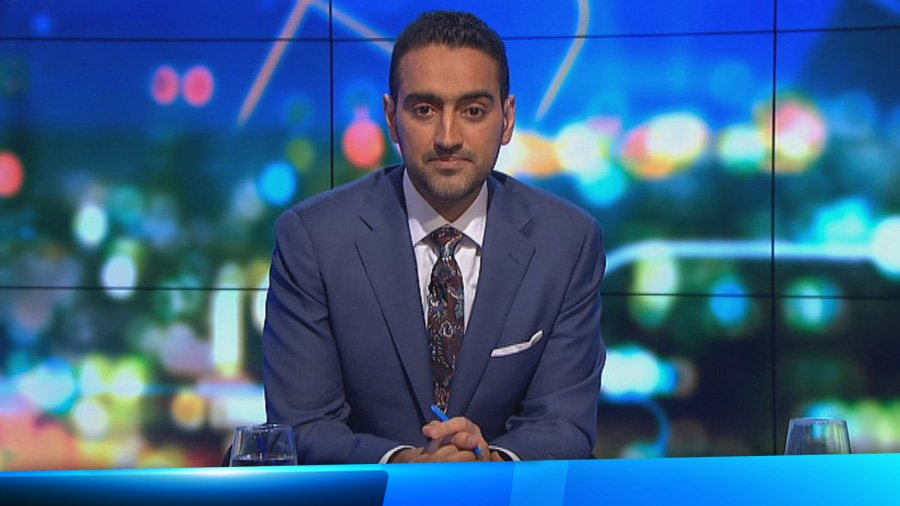
 @theprojecttv
@theprojecttv